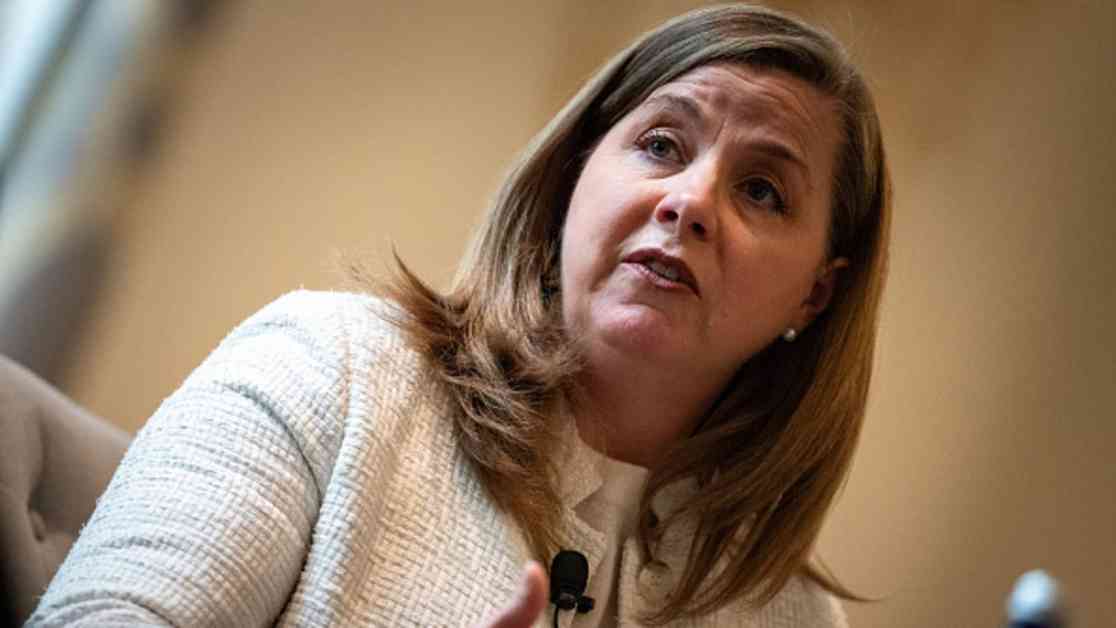**December Interest Rate Cut Should Be the Last: Fed Governor Bowman**
In a recent speech to bankers in California, Federal Reserve Governor Michelle Bowman expressed her support for the interest rate cuts that took place in December. However, she made it clear that she believes the quarter percentage point reduction should be the final one for the current cycle. Bowman’s remarks come at a time when concerns about inflation running uncomfortably above the Fed’s 2% goal are looming large.
Challenges with Inflation
Bowman highlighted her worries about inflation remaining persistently high despite some progress made in the past year. She pointed out that the Fed’s preferred inflation gauge showed a rate of 2.4% in November, with core inflation excluding food and energy at 2.8%. This core measure is considered a more accurate indicator for long-term trends.
Diverging Views on Monetary Policy
While Bowman takes a cautious approach towards further rate cuts, other members of the Federal Open Market Committee (FOMC) have expressed different opinions. Governor Christopher Waller, for instance, believes that further reductions in the main policy rate will be necessary to address inflation concerns. Regional Presidents Susan Collins and Patrick Harker are also confident in the Fed’s ability to lower rates this year, albeit at a slower pace than initially anticipated.
Looking Ahead
As a permanent voter on the FOMC, Bowman will play a crucial role in shaping monetary policy decisions this year. She is also in the running to be named the vice chair of supervision for the banking industry. Despite uncertainties surrounding the incoming administration’s policies on tariffs and immigration, Bowman urged her colleagues not to jump to conclusions. She emphasized the need for a cautious and gradual approach to adjusting policy to ensure economic stability.
**Takeaway:**
In a time of economic uncertainty, it is essential to consider various perspectives on monetary policy to make informed decisions. While some advocate for aggressive measures to combat inflation, others prefer a more gradual approach. Understanding the nuances of these differing viewpoints can help navigate the complex landscape of financial policymaking.




















